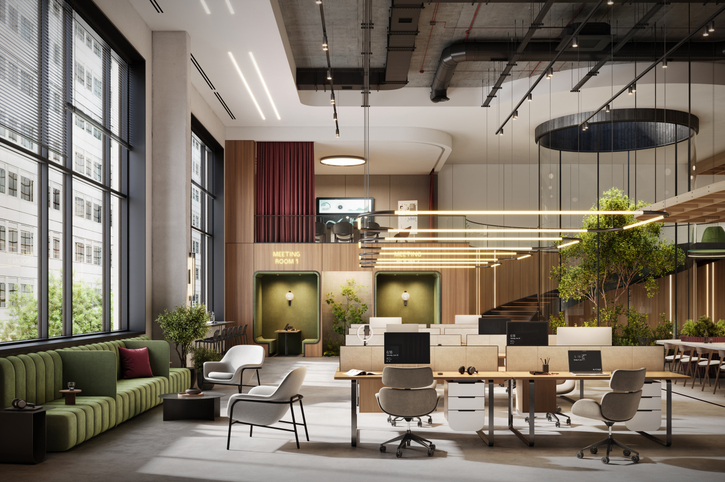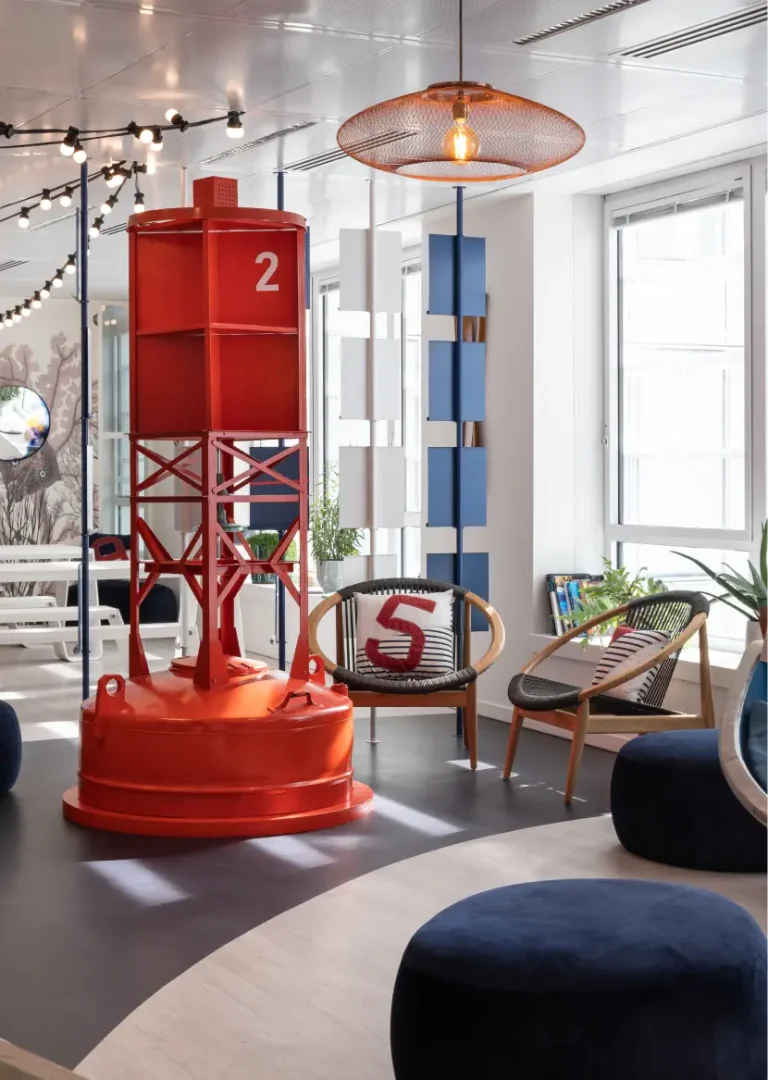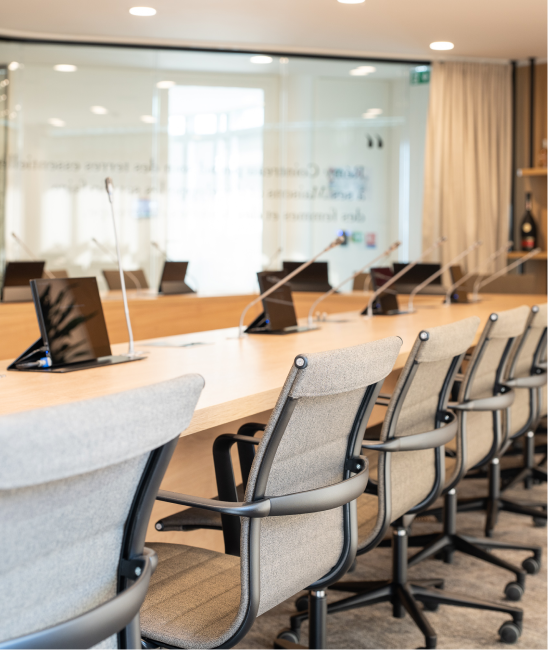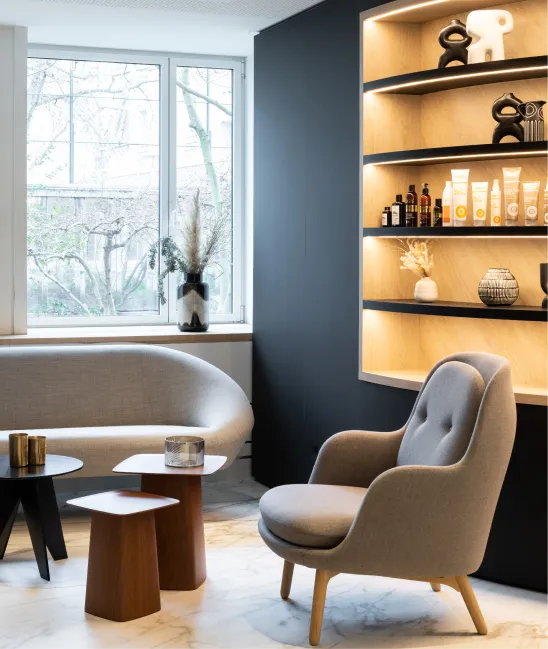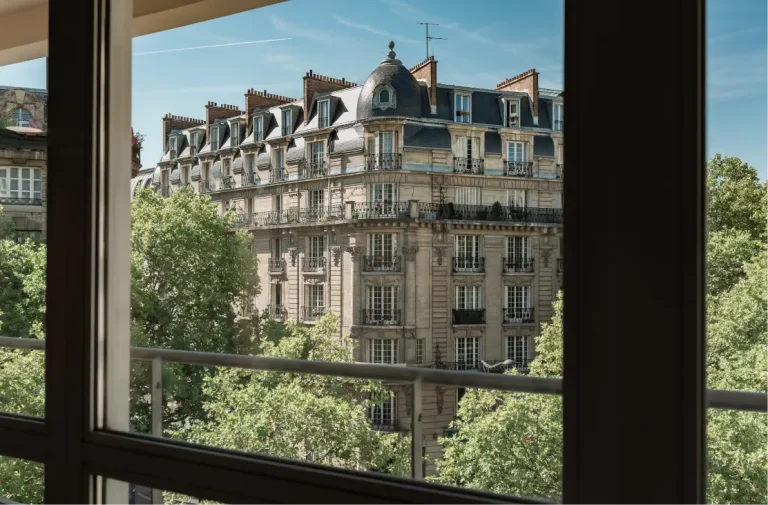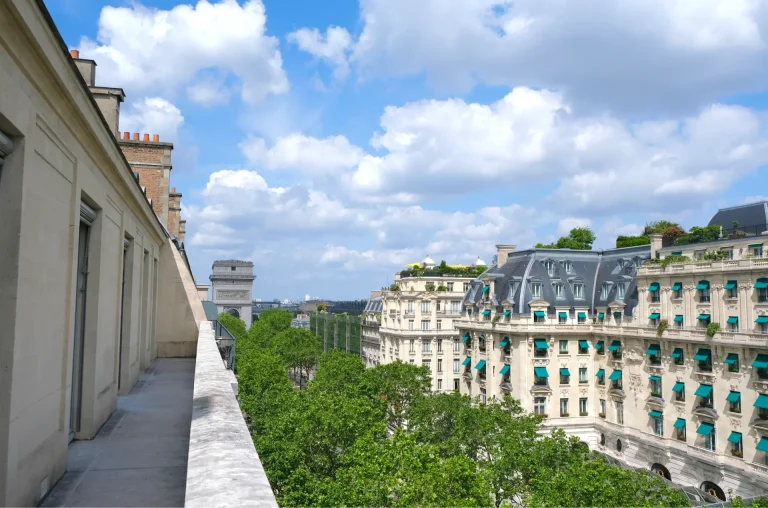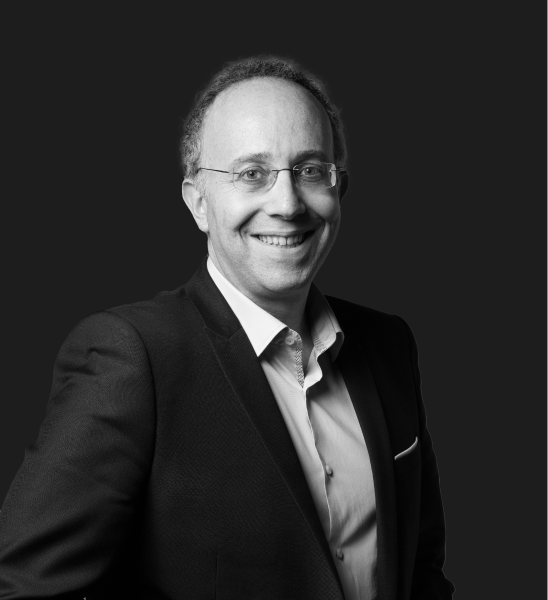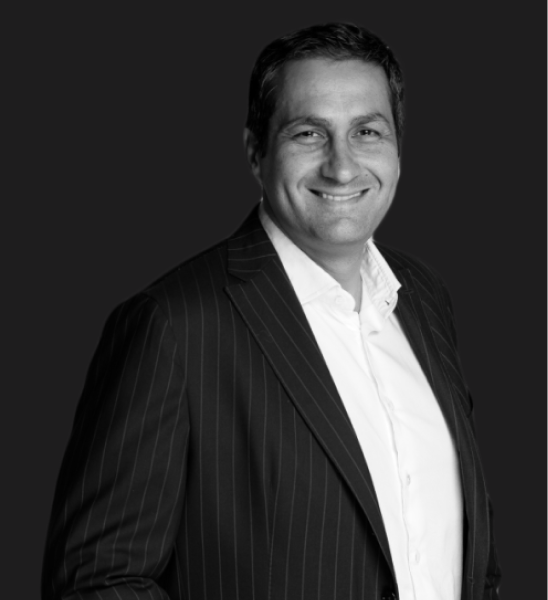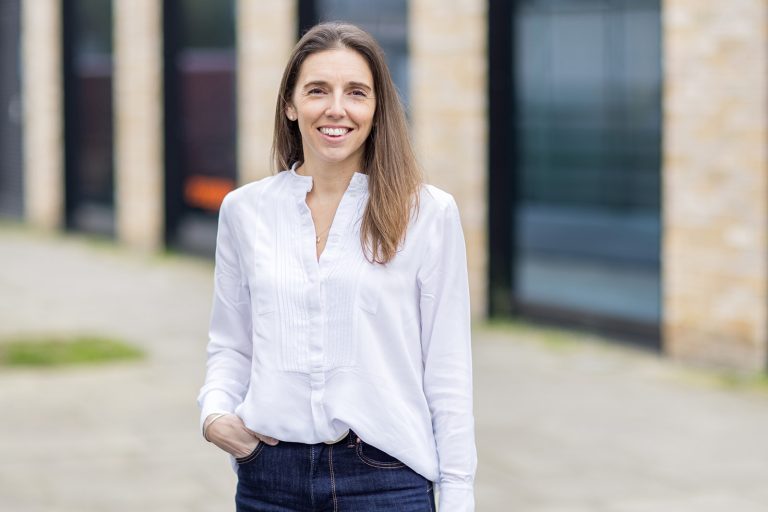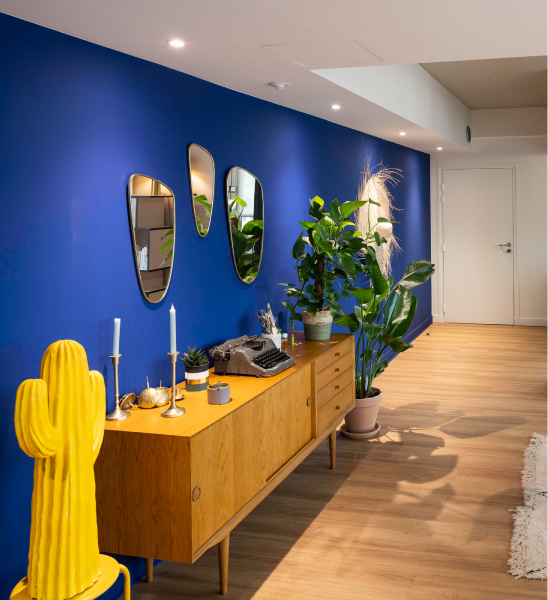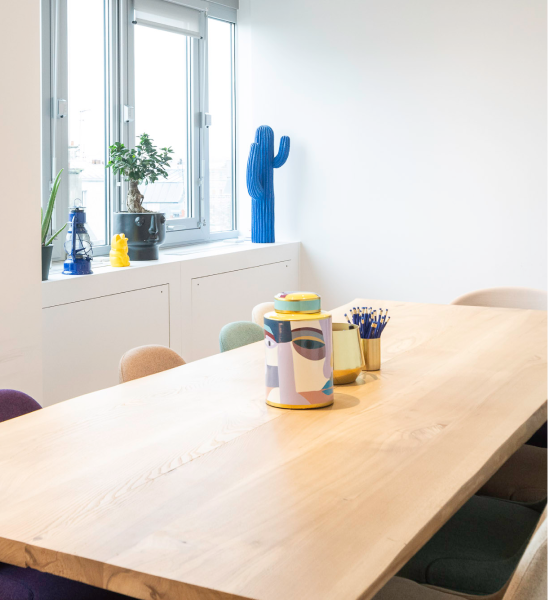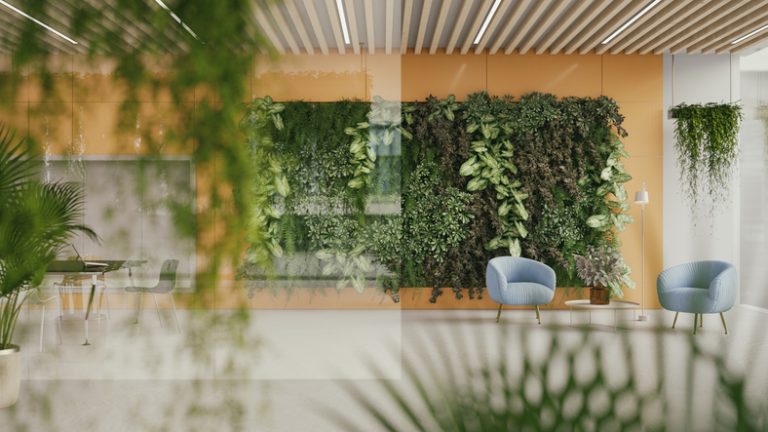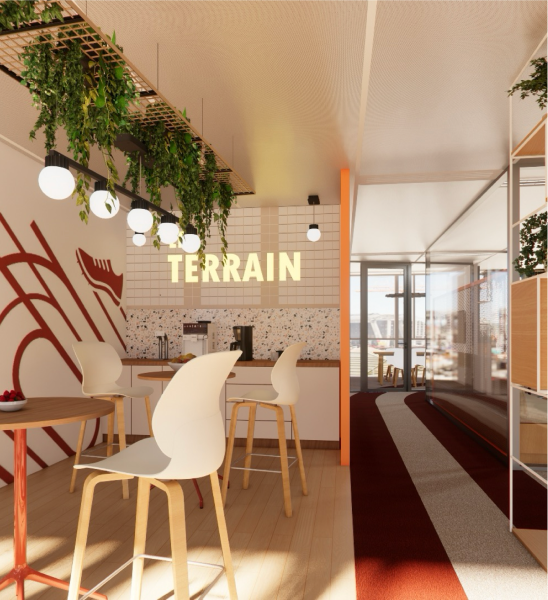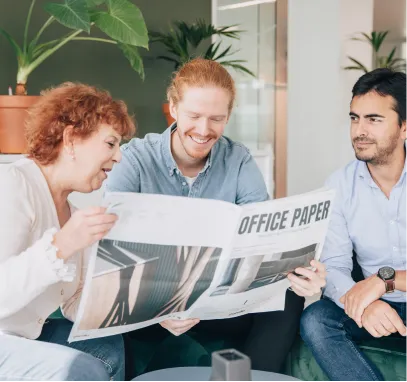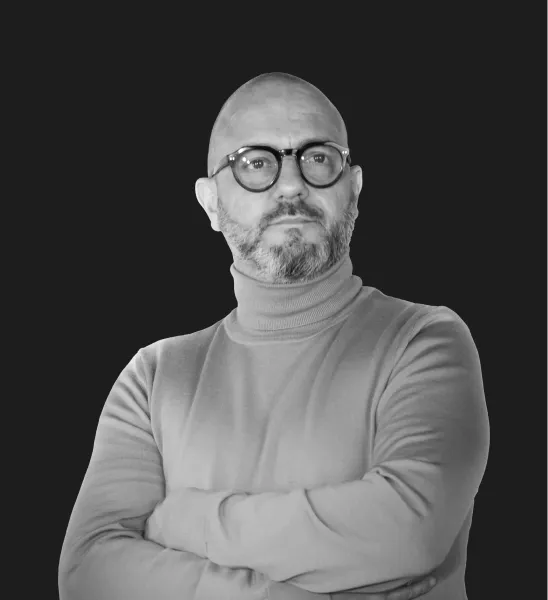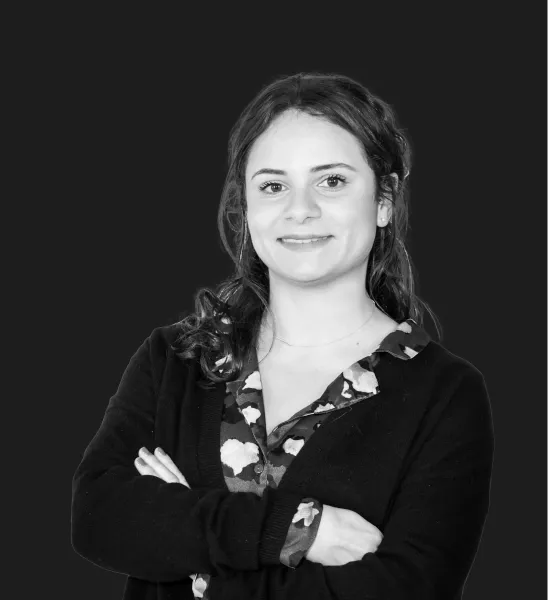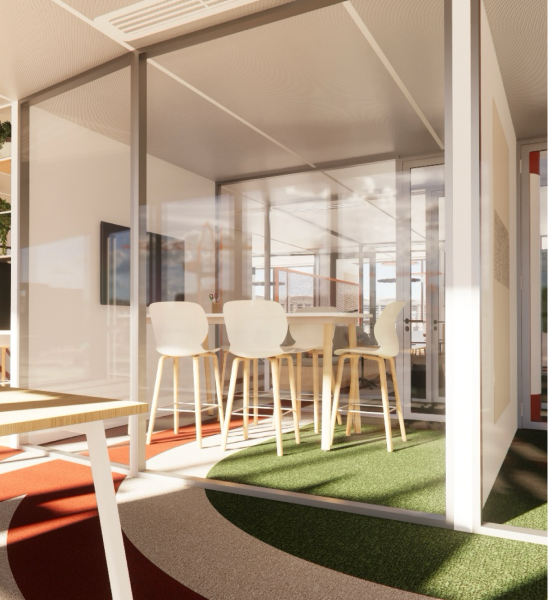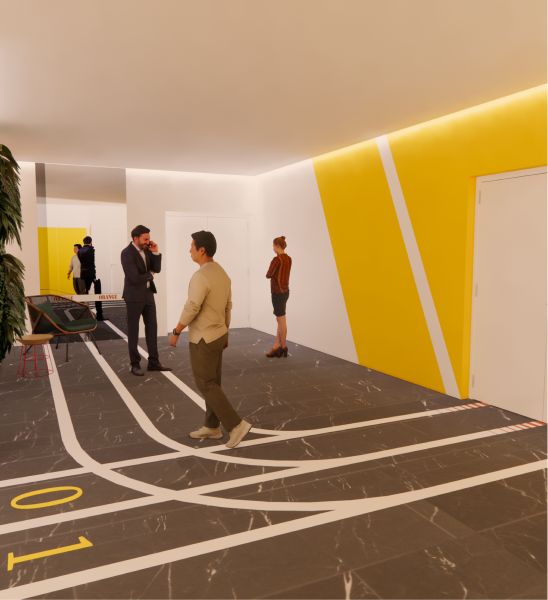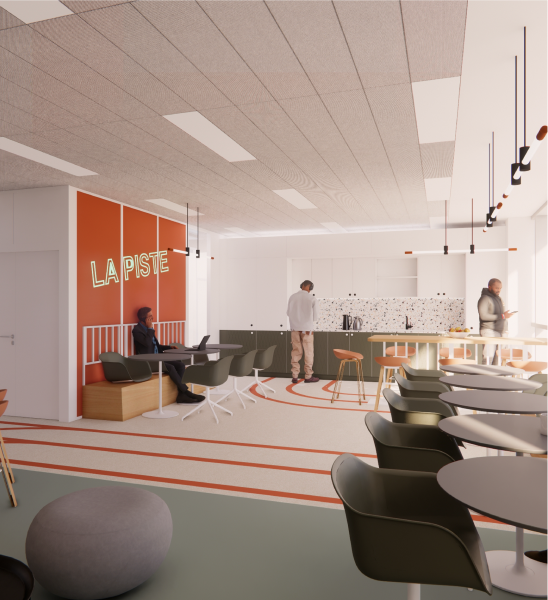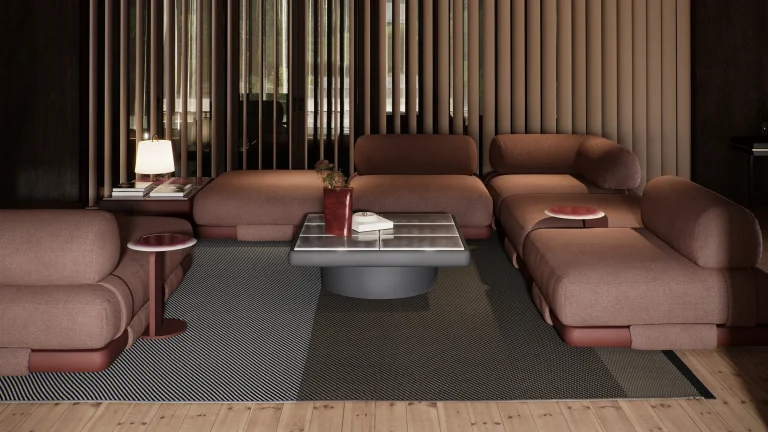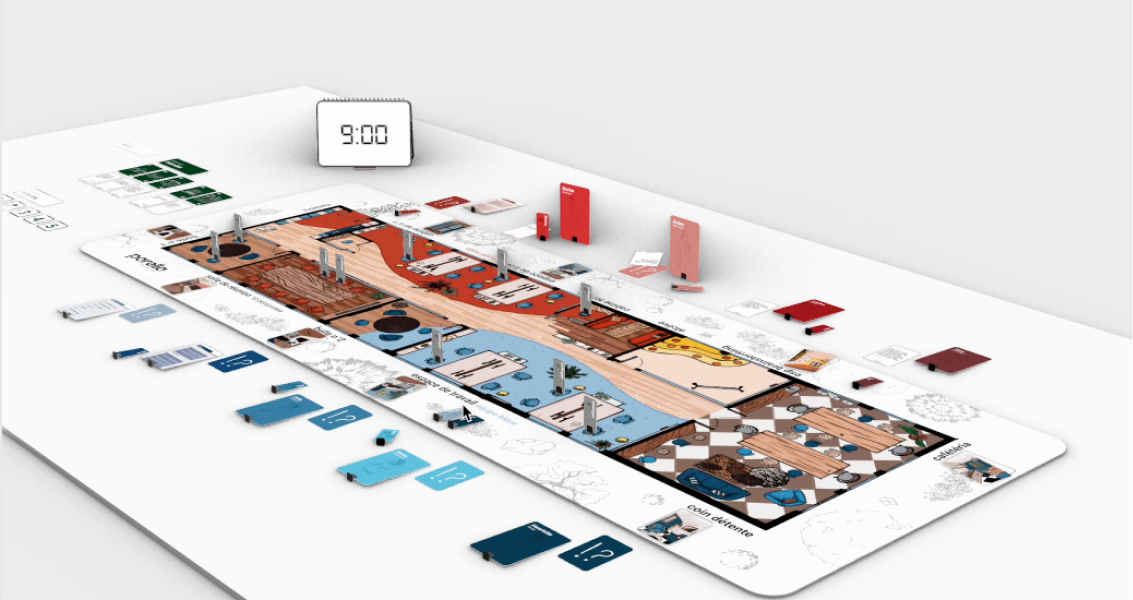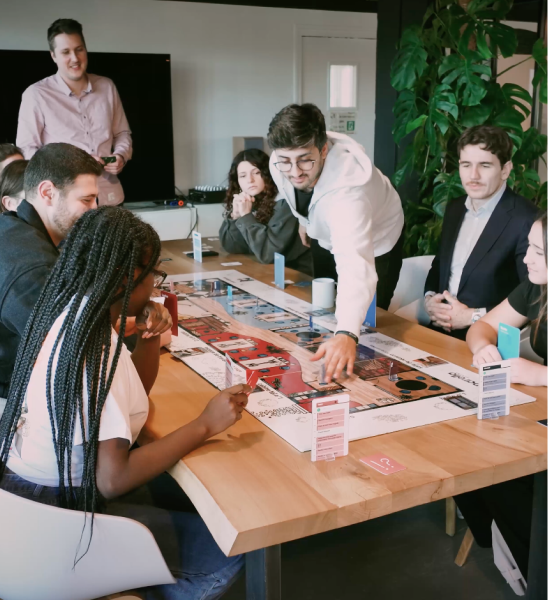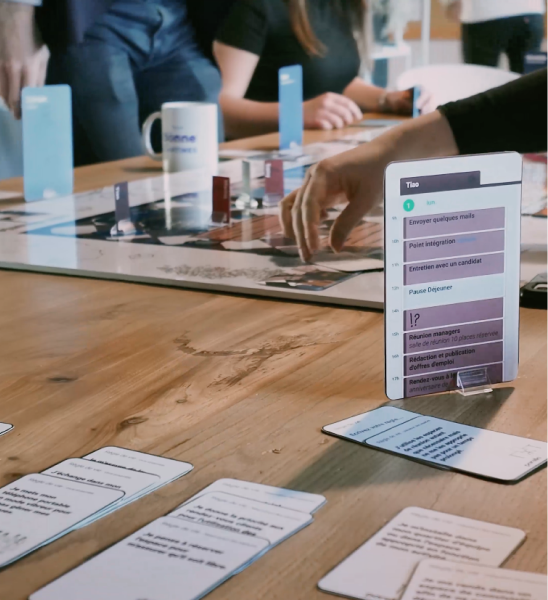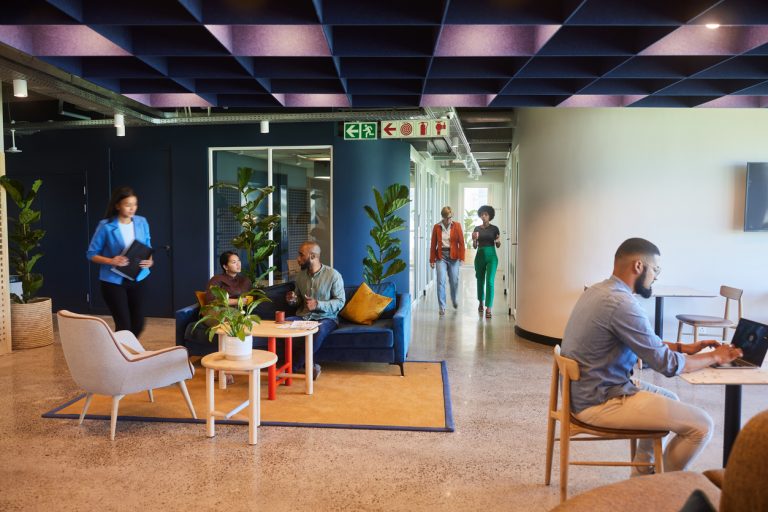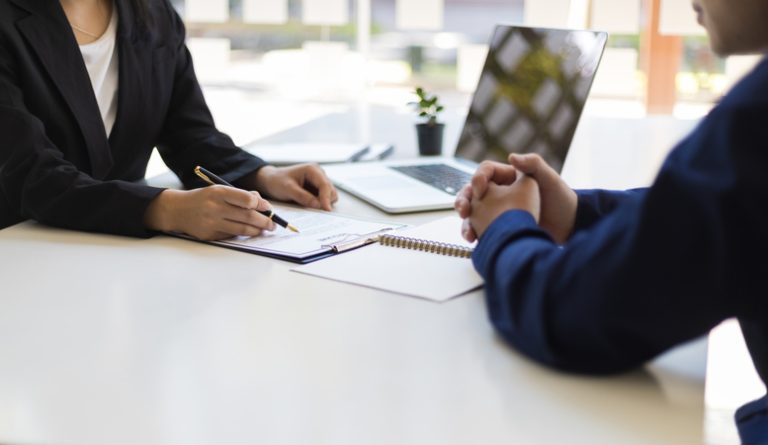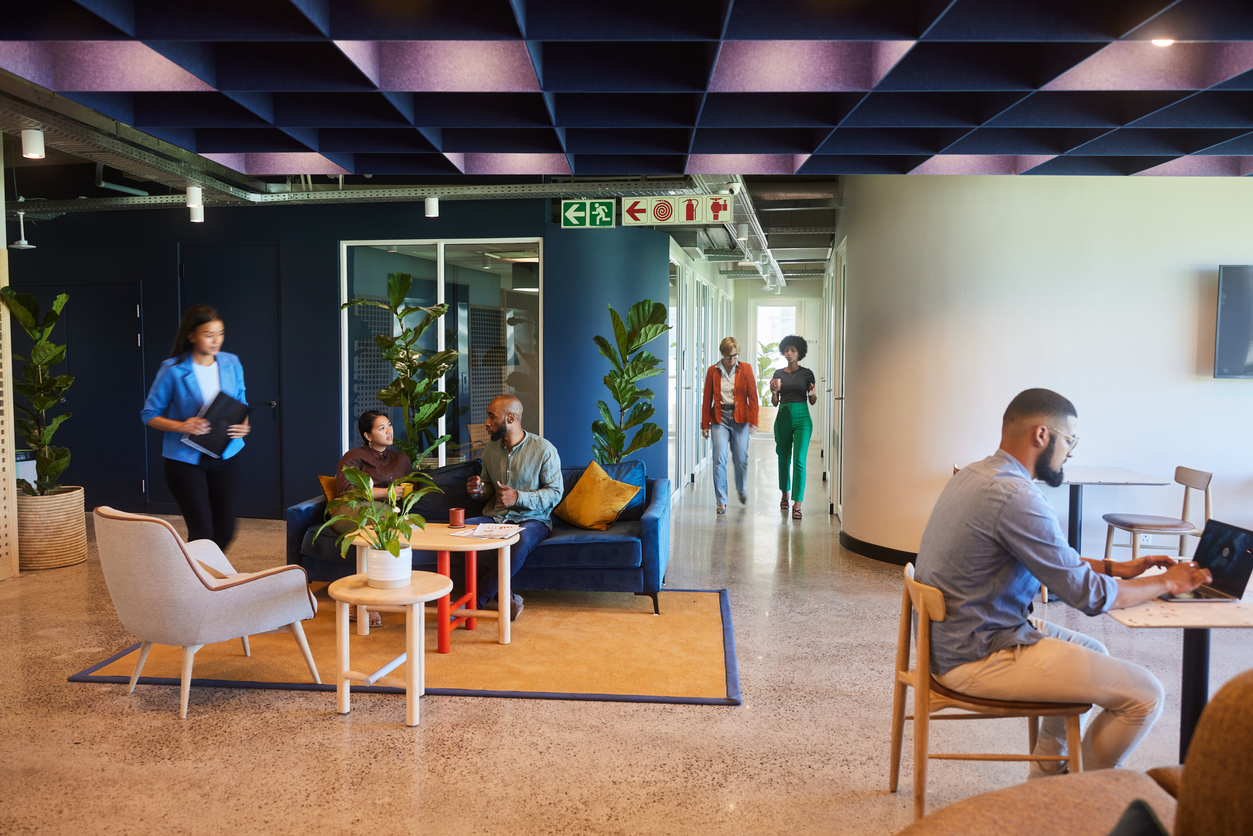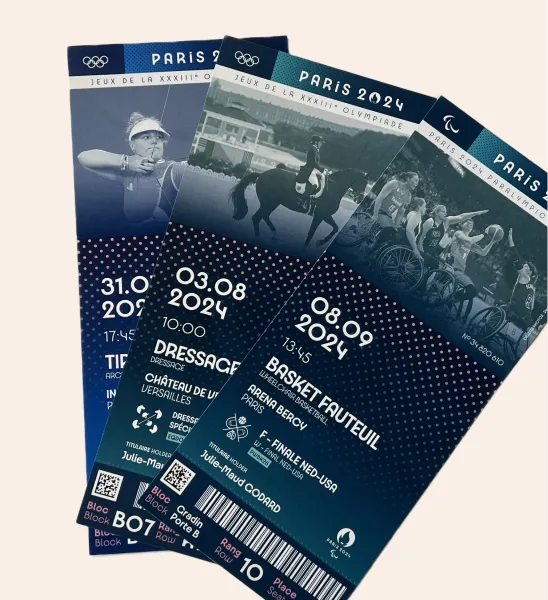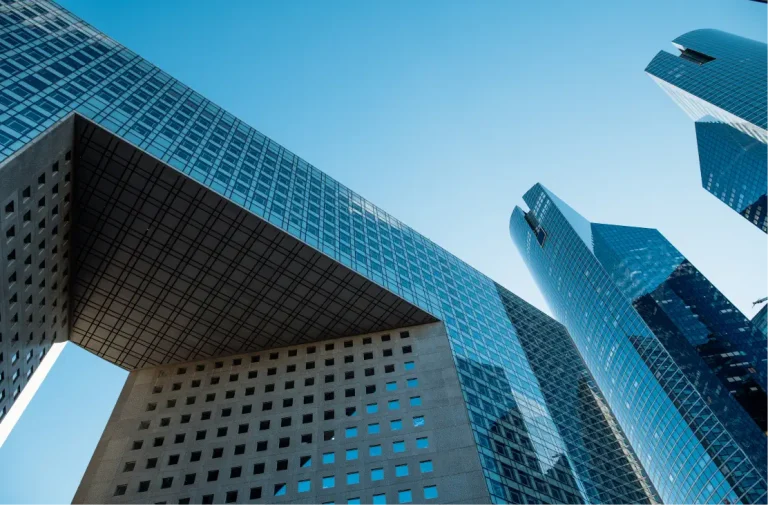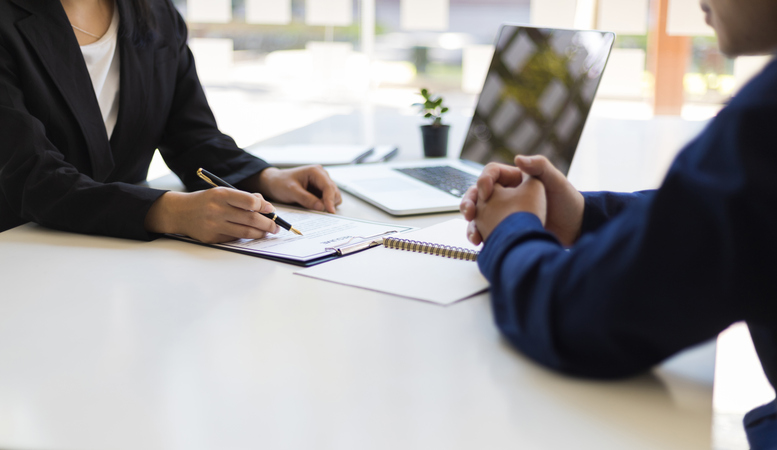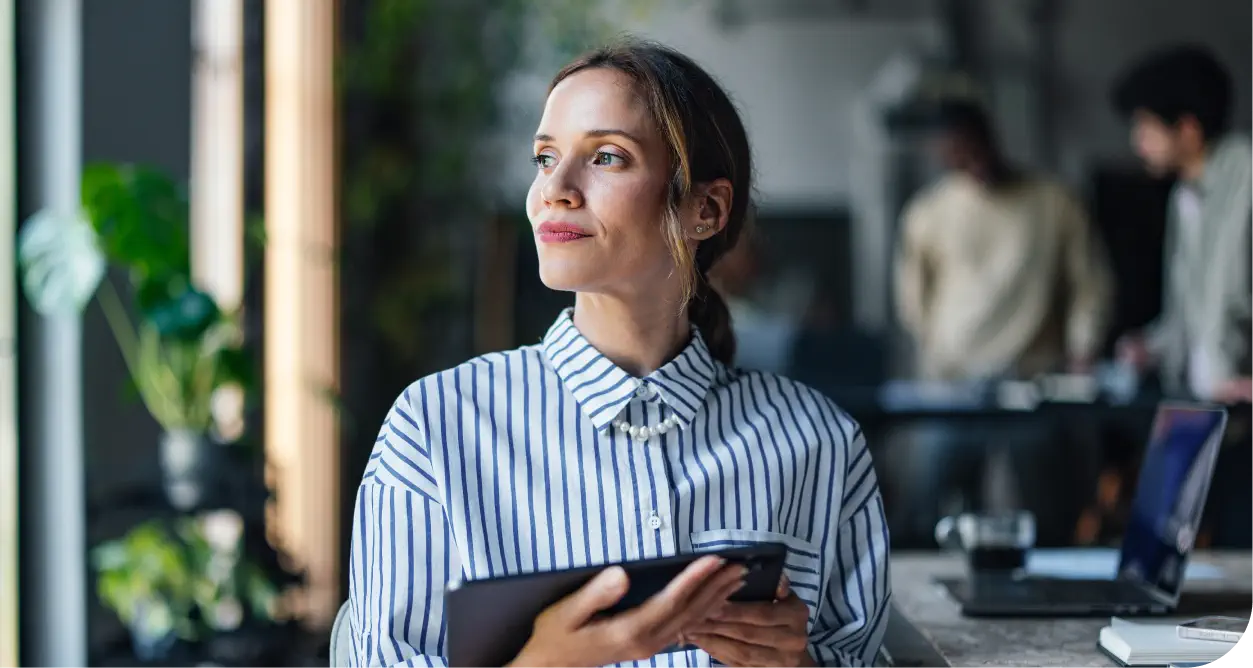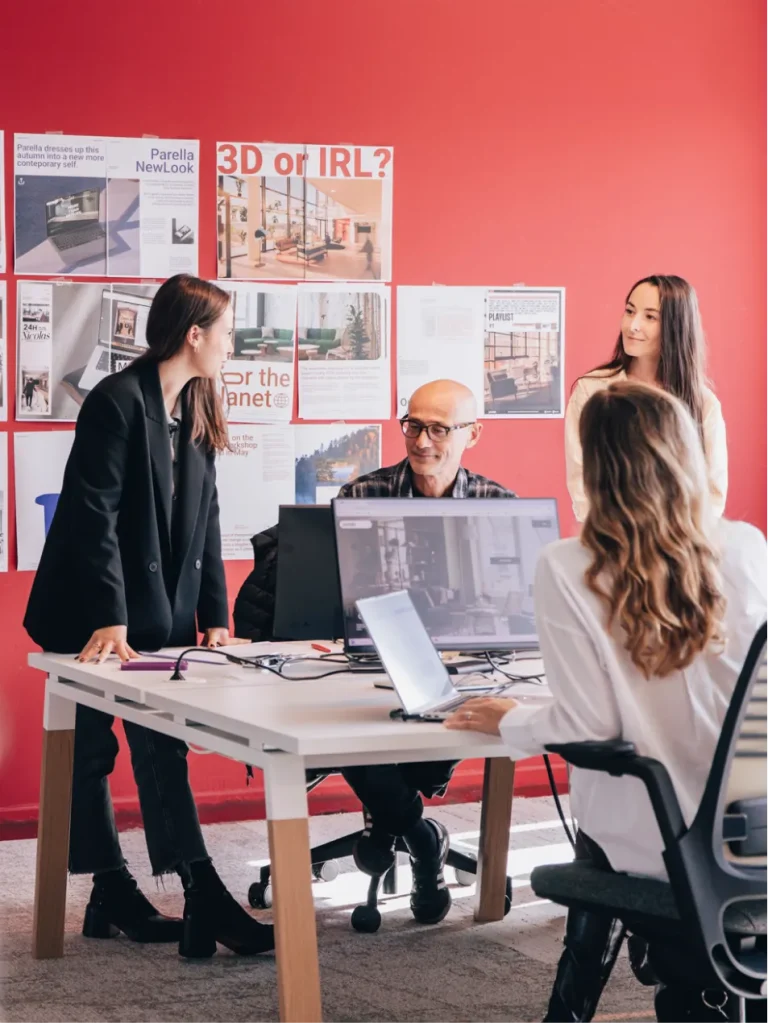Global Design
the era of customization by Parella
- August 2, 2024
"Our mission: to reveal and distill the extra soul emanating from your brand, your DNA and your corporate culture in your living and working spaces."
Our global approach enables us to support brands in the deployment of their identity throughout their real estate project.
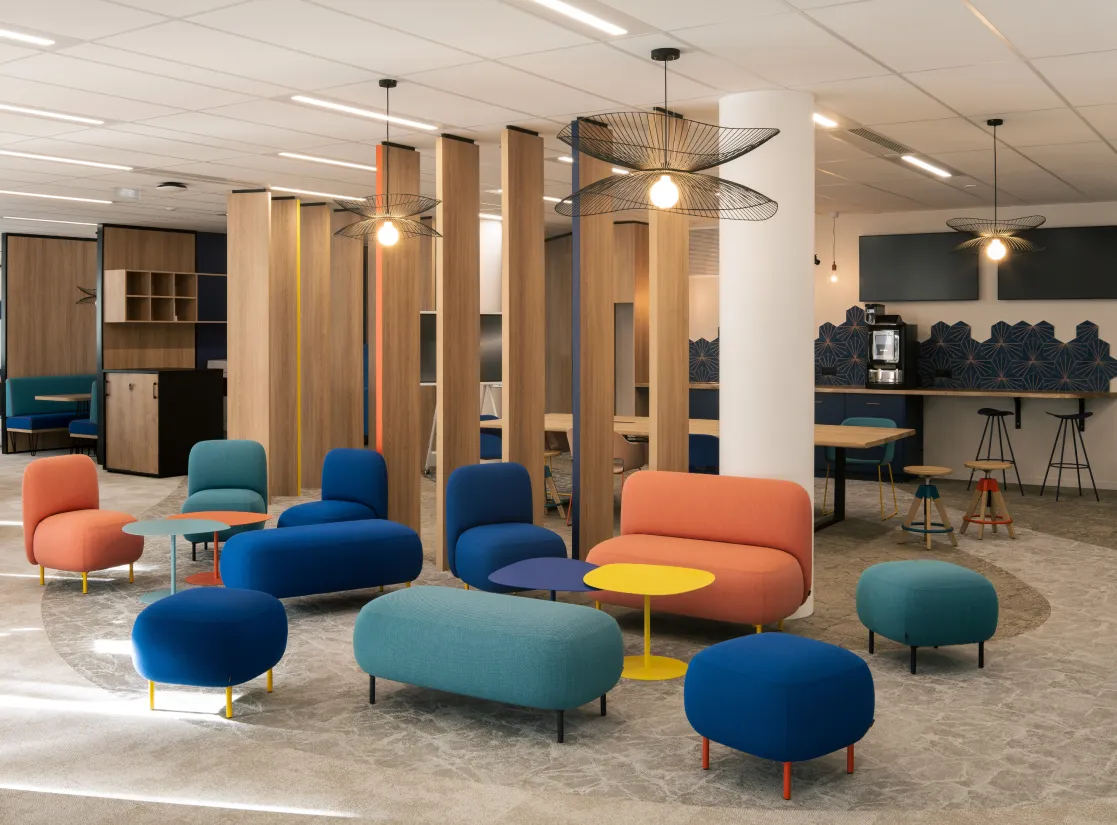
Photo of Thibault Poirier
At Samsung
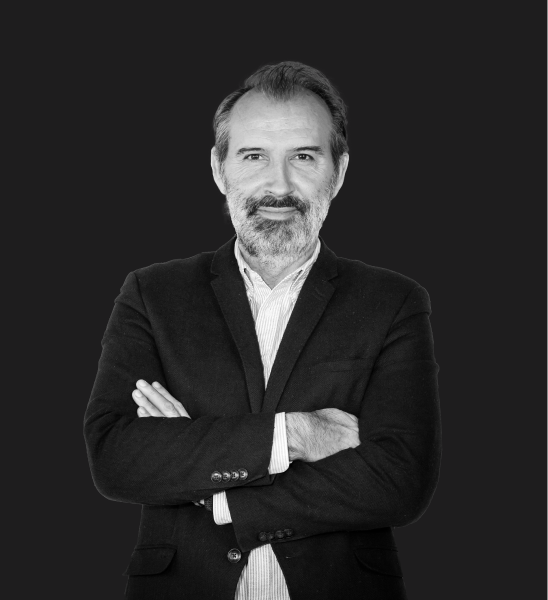
Nicolas Flachot
Global Design Director
The creation of a multi-crea
In March 2023, Parella will regroup its creative teams and create the "Global Design" division.
A strategic ambition to respond to the evolution of its market. Increasingly involved in real estate projects, CEOs, HR Directors and Transformation Directors need to tell the story of their brand, their culture, and embody it within their new spaces.Companies are now looking for much more than functional, efficient workspaces.
Driven by Parella's raison d'être, "more than offices...", Global Design imagines ultra-personalized living spaces where people work. Their all-encompassing approach enables them to support brands in the deployment of their identity throughout their real estate projects.
Comprising a multidisciplinary team, the Global Design division brings together 22 talents:
Architectes Dplg . Interior designers . Space-planners . Decorators . Graphic designers . Visual artists . Object Designers . Motion Designers . Sound Designers . Filmmakers . Web & App Designers . Web Developers...
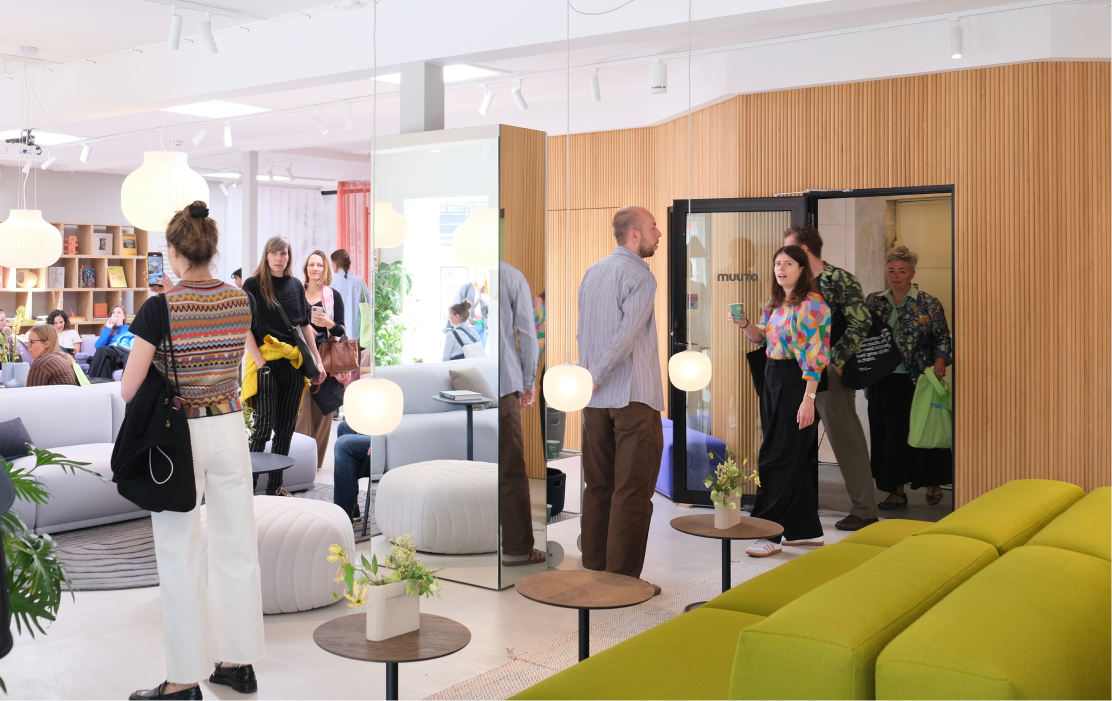
the genesis of Global Design at Parella
For several years now, companies have been going through a period of profound transformation. This transformation began before the Covid pandemic, was exacerbated during the pandemic and then accelerated sharply afterwards.
Companies must respond to new questions and new societal challenges, such as their social and environmental responsibilities, the return to the office, the workplace experience, the meaning given to each individual in the exercise of their professional activity, the hybridization of work, flex-office, their differentiation...
More than ever, companies need to assert their identity, their raison d'être, and make their offices a new attractive land where it's a pleasure to come, to exchange and to collaborate. The office must embody the company and support the identity, personality and expression of the brand and its products. The company headquarters naturally becomes an additional communication medium. Brands become firmly anchored in living and working spaces.We strongly believe in the power of place, and one of our jobs is to make it a showcase for the brand.
To better respond to this challenge, we decided to bring together Parella's creative teams who were already working on the conception (Design) and personalization (Image & Style) of spaces, in order to offer our customers a unique and comprehensive approach, from the outset and throughout all phases of their real estate project. We work on everything from storytelling and branding to communication media and, of course, the architecture and personalization of spaces.
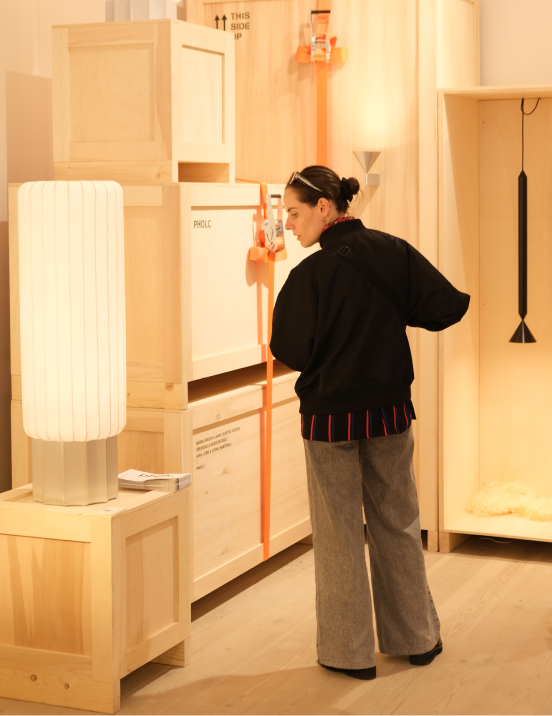
The Global Design approach
It enables us to imagine, design, create and tell the story of ultra-personalized places that are totally in line with our customers' brands. Our other asset, when it comes to informing and engaging our customers' employees, is our ability to produce all kinds of communication media, for internal and external use, such as podcasts, videos, newsletters, websites, welcome booklets... all in total harmony with our customers' identities.
Offices: a place to live, a place to work
Since the advent of hybrid working and the widespread adoption of telecommuting, people no longer come to the office simply to work; it must become a landmark, an anchor, and an opportunity to socialize more.
Premises must encourage encounters, exchanges and creativity, facilitate collaboration, reinforce a sense of belonging and pride, and provide well-being for its residents.It's a place to come together, to feel part of a meaningful collective adventure... it becomes a place to live, much more than a simple work tool.
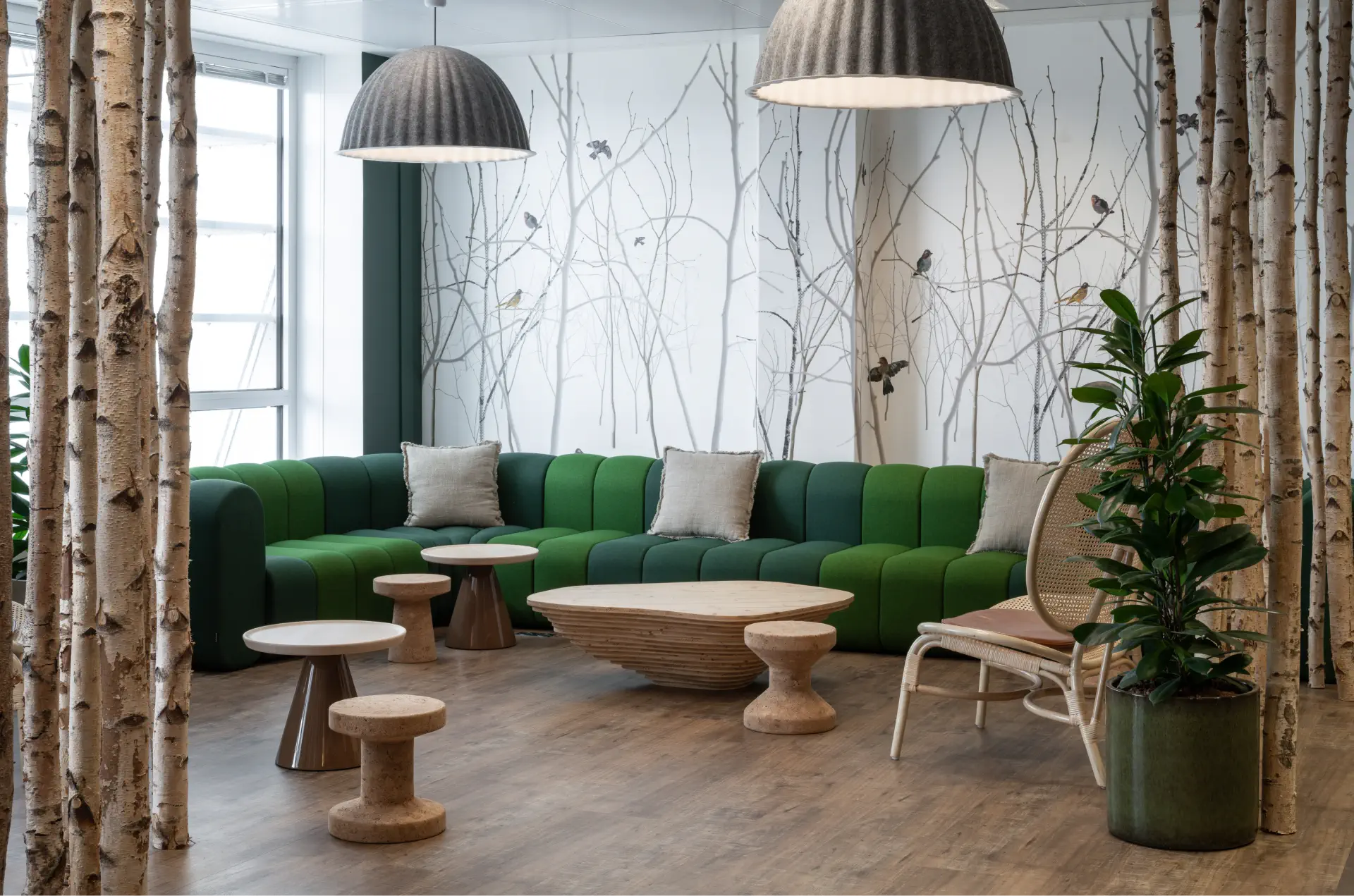
from standard to customized
Our first job is to understand the brands we work for, and then to translate their identities within the spaces. Singularity is one of our core values. Our ambition is to tell stories, to create unique, made-to-measure universes and ambiences, with an artisanal and artistic approach.
We pay particular attention to the selection of decorative objects. Some are found at antique fairs, while others are specifically created by artists or craftsmen.
For the Rémy Cointreau Group headquarters, for example, we combined objects from the heritage of the Group's brands with decorative items. The Remy Cointreau Foundation completed the personalization of the premises with a selection of works by artisans it represents.
For Groupe Rocher, we found hundreds of second-hand objects to meet the company's CSR requirements, had a 2.50 m-high custom-made sea beacon modeled and manufactured, and created recycled wood huts for each of the village squares (informal spaces 80 to 100m long).
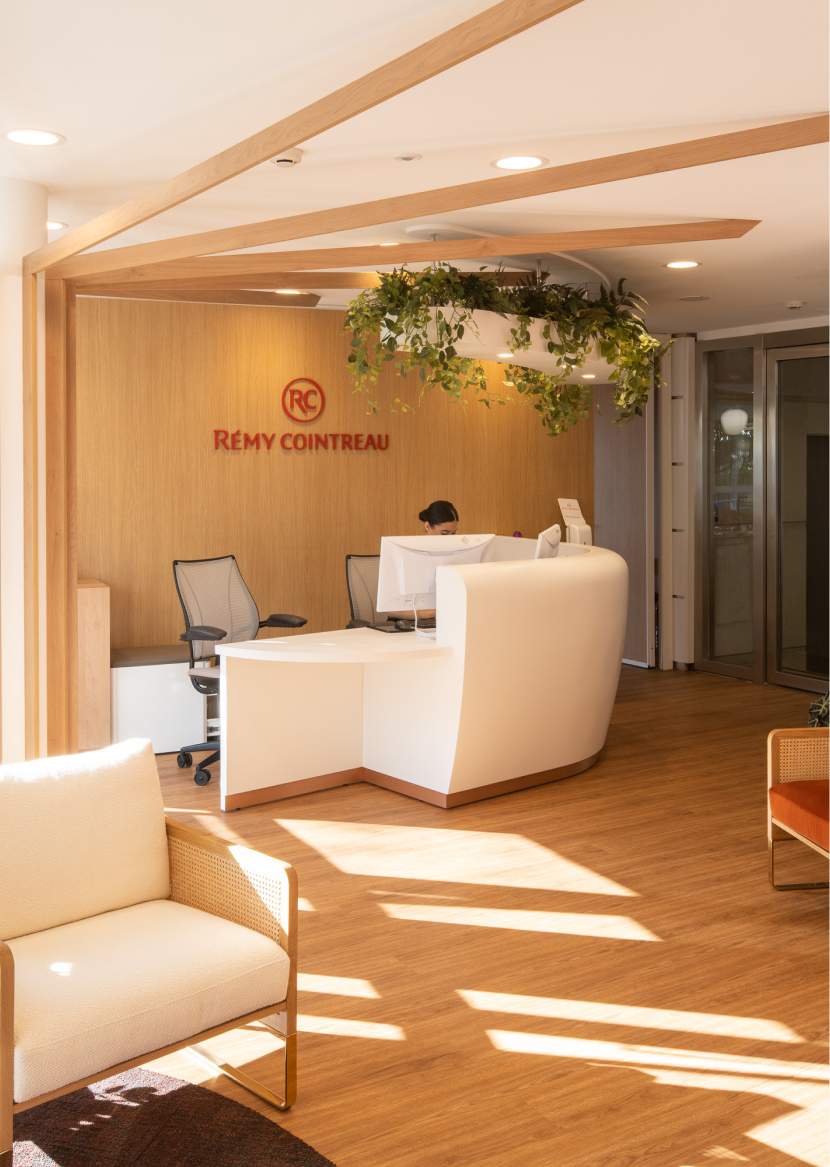
The impact of Global Design on employer branding
There is indeed an employer brand issue at stake. In fact, the figures from our latest barometer on the evolution of work modes and spaces confirm this: 75% of employees working in offices believe that the premises contribute to their desire to stay with the company, and for 71%, they are an important or decisive criterion for choosing their future company.
If a company wants its employees to identify with its brand and feel committed to it, they need to be immersed in its corporate culture, its products, its colors, every time they come to the office.
Space is also a competitive advantage for 56% of company managers.
In addition to employees, we also need to think about visitors, suppliers, partners and customers.It's all about the overall storytelling of the brand.
We help companies to make their employees' daily lives more pleasant, to attract talent and retain their best people.
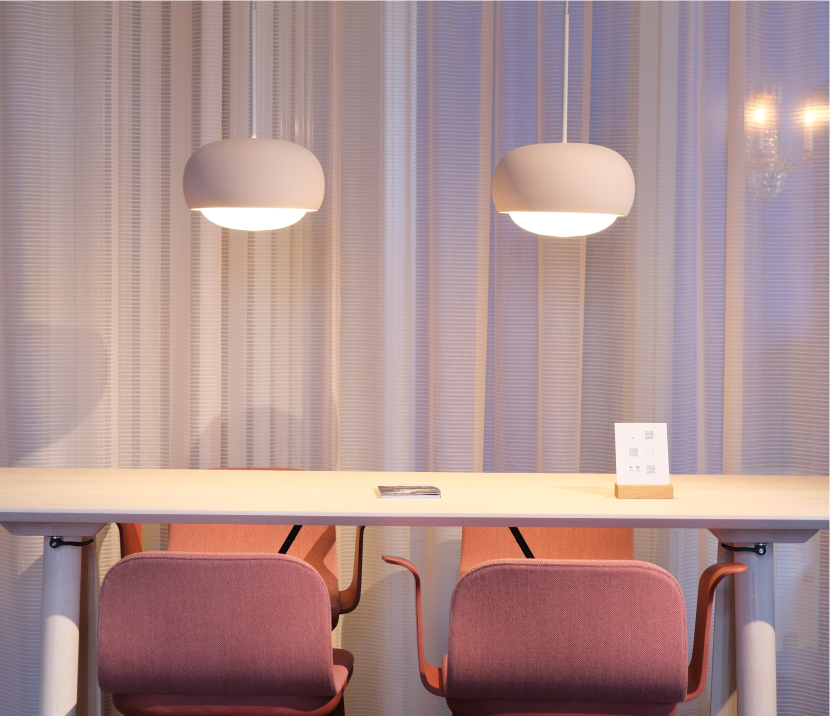
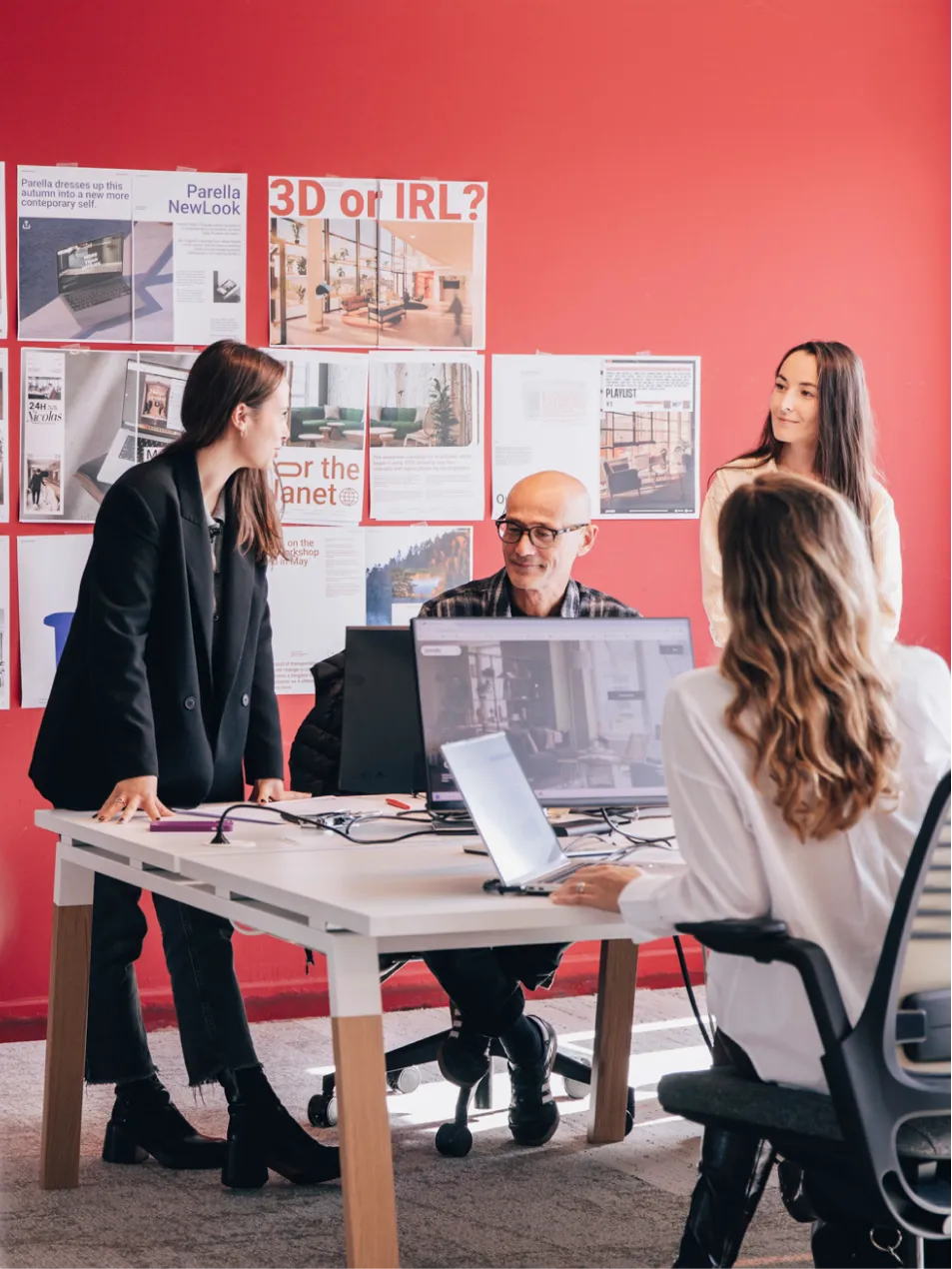
This requires listening to the customer
Undoubtedly, yes. This requires a genuine ability to listen to the customer on the one hand, and time on the other. It's essential to understand the customer, its history, its brand, its culture, its identity, its products, but also its ambitions and projects.
We strive to co-construct with our customers, as systematically as possible in a collaborative and participative approach with managers and employees alike.
Whenever possible, we take the time to immerse ourselves in the customer's world. For example, we went to La Gacilly for Groupe Rocher, and spent time at the various addresses of Groupe Rémy Cointreau before embarking on the design of the spaces.
You may also like...

